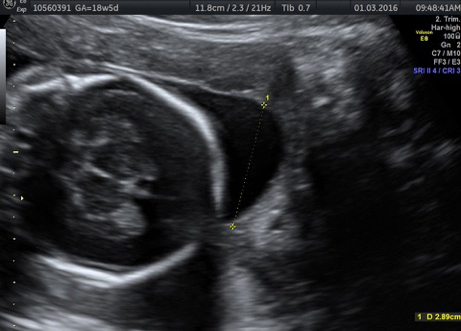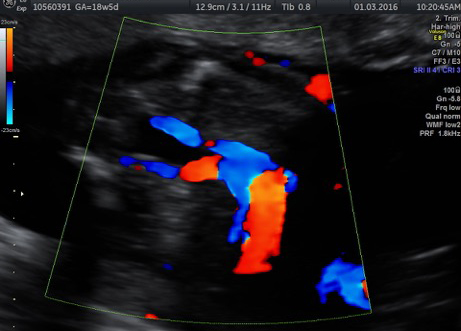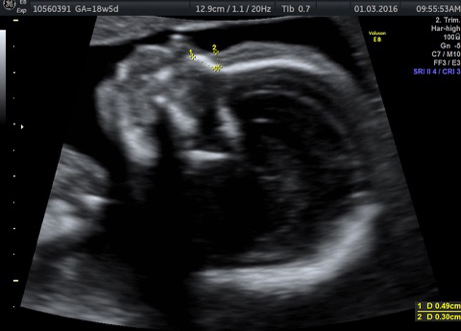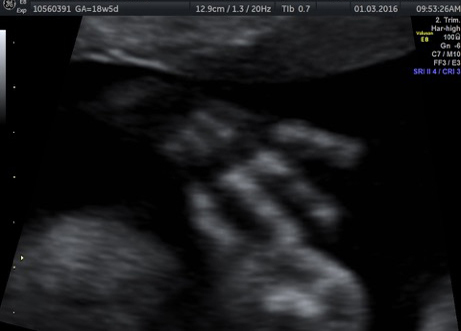There are more than 350 different types of skeletal dysplasia disorders, but it generally means that some or all of the fetal bones are smaller than expected for the fetal age. Although many skeletal dysplasias are impossible to diagnose with specificity until the bones are more mature in childhood, some dysplasias can be determined earlier through testing – such as ultrasound, MRI or CT scans. However, differentiating the disorders in the prenatal stage can be difficult. Most dysplasias are associated with abnormalities in the size and shape of the head, arms, legs or trunk.
Skeletal dysplasia can be caused by varying genetic abnormalities that are hard to catch before birth. But the disorder can also appear in fetuses without a family history of skeletal dysplasia.
Extra consideration should be taken regarding delivery of a baby suspected of having skeletal dysplasia. The fetus must be examined for signs that the condition will be lethal before or soon after birth. Predelivery consultations and development of a delivery plan with clinical geneticists, neonatalogists, obstetricians and anesthesiologists can improve post-birth outcomes

























